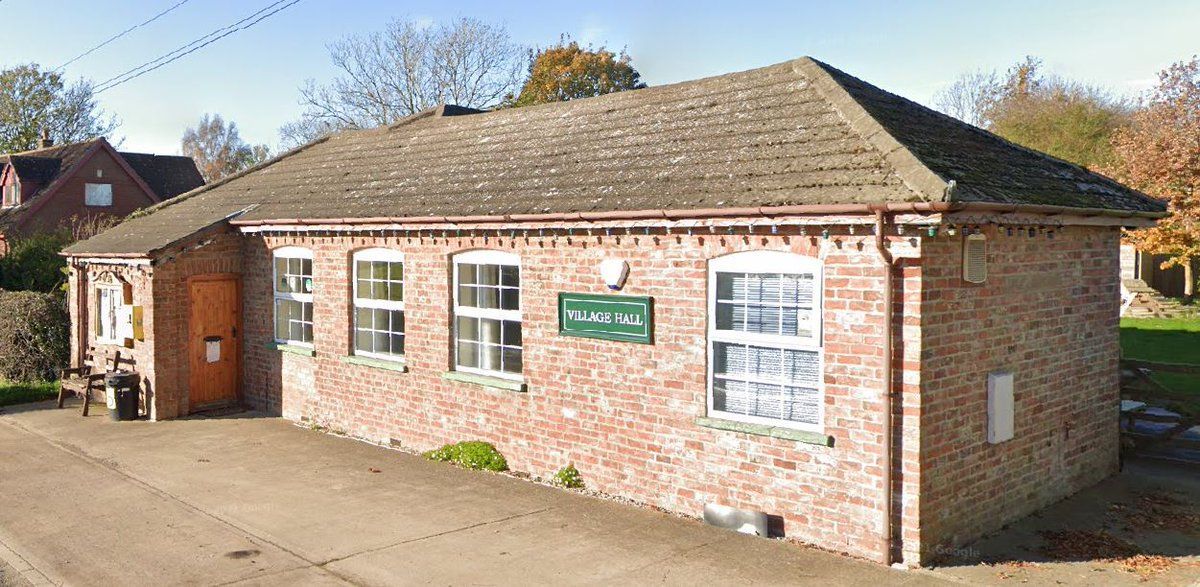A Brief History of Gayton-le-Marsh
Some of the earliest evidence of occupation of the land hereabouts are some remains of a Roman field system from circa 150 to 399 AD which were found just outside the village near the river Great Eau, when a new water main was being laid.
The name Gayton is likely to have been derived from the Old Norse name for a settlement which keeps goats. Recent excavations have suggested that there was an Anglo-Saxon monastery in nearby Little Carlton in the 7th or 8th century, so the goats may have supplied meat, milk and leather and the parchment used by the monks. Gayton being an Old Norse name suggests that there were also people here in the time of Danelaw in the 9th century.
Documentary evidence is scarce but the village was said to have had a church before the Norman conquest.
John Platt's book on the history of Withern makes reference to Gayton village in 1202 and 1206 and also to a record of a priest, Richard, at Gayton, being buried in the church in 1278. There is also a record of the Abbot of Louth Park Abbey having lands in Gayton in 1303.
Apart from the church registers, which exist from 1687, very little is known about the village and its inhabitants until the 19th Century.
The village was recorded in the early 1870s to have been an area of 2,166 acres with 62 dwellings and a population of 331. One or two houses remain from those days but the majority are of a more recent build.
The church of St George, which had a perpendicular tower (14th century?), the rest being re-built in 1847, was demolished in 1971, having been declared unsafe. The churchyard remains. The Wesleyan Chapel was rebuilt in 1837 and replaced by a new building in 1894 (now a residential house). The old 1837 chapel became the parish room and was also for a time the village library but is now also part of a residential building. A National School which was also built in 1837 and by 1889 had an average attendance of thirty pupils. The numbers dwindled over the years and the school closed in 1924 and the building was re-used as the parish hall.
As would be expected of that time, the people of Gayton were affected by the Great War of 1914-18. Three war related deaths were recorded during this time although Gayton does not have a war memorial with their names.
Social activities, although of their time, were not so dissimilar to todays. For example: Queen Victoria’s Golden Jubilee (1887) and George V Silver Jubilee (1935) were celebrated. It was recorded that for the Golden Jubilee, a church service was held, followed by a “good” dinner and patriotic toasts. In the evening there was dancing and sports, ending with the National Anthem. In 1935 there was tea and sports followed by community singing. A radio set was provided and villagers listened to the King’s speech.
As the decades advanced it was recorded that a Field Fete, Church Sewing Party and Whist Drive were all held in 1952.
Gayton remained a relatively remote village throughout the 20th century. Electricity did not arrive in Gayton until the late 1940s and the main sewers were not fully connected until 2004.
Gayton-le-Marsh Today
The latest census data (2011) shows a population of 155. The old school is now a thriving Village Hall acting as a community hub for one and all. The area remains predominantly agricultural with active farms within village boundaries. Gayton-le-Marsh now has full fibre WiFi available in parts of the village and there is a windfarm with 6 turbines within the parish boundary bringing the village firmly into the 21st century.
